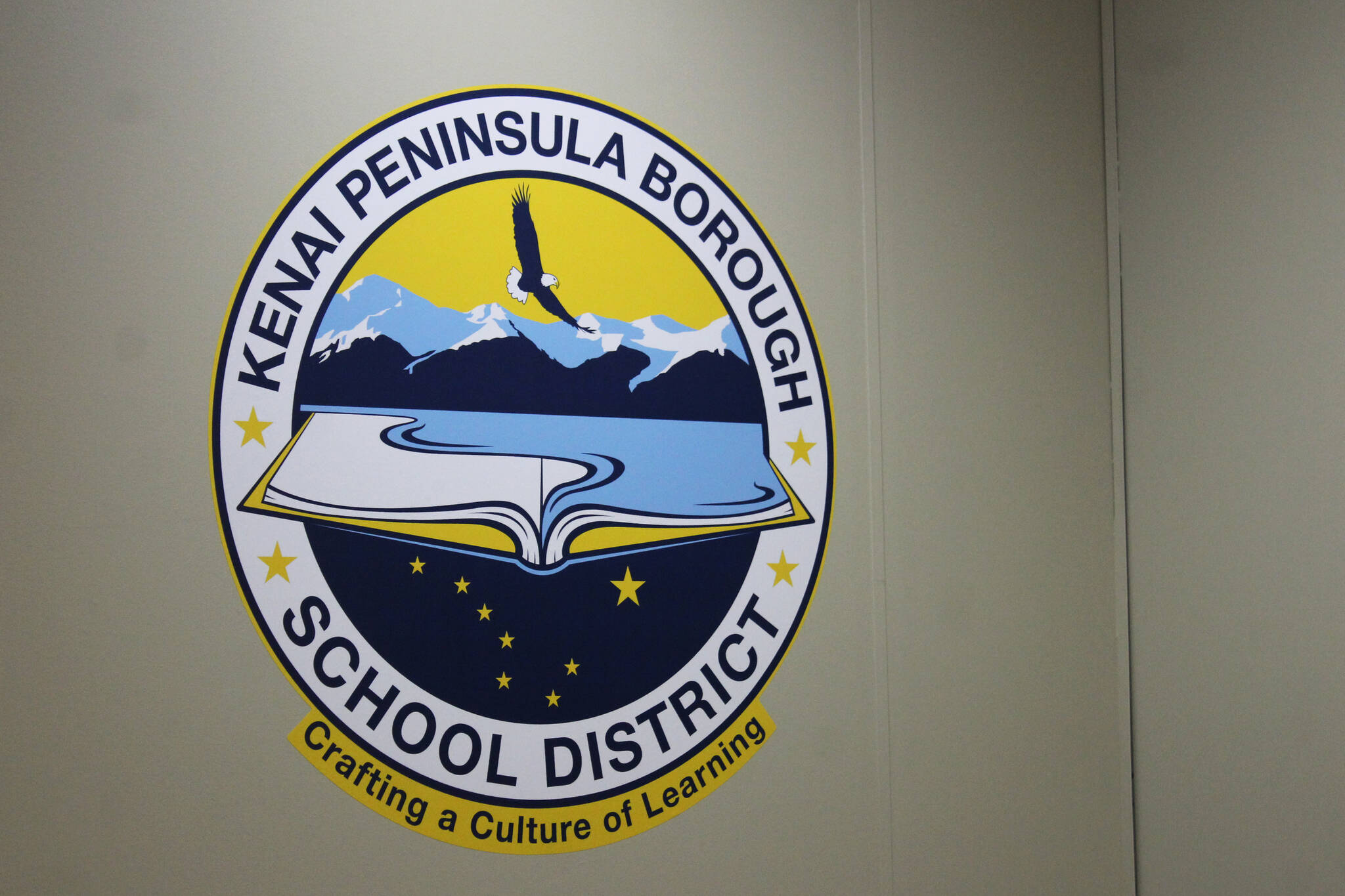The Kenai Peninsula Borough School District needs substitutes and is trying to make it easier for people to apply.
“(We’re) doing what we can to get as many subs as quickly as we can,” KPBSD Director of Human Resources Nate Crabtree told the Board of Education during an Oct. 4 work session.
As a lack of substitutes continues to be felt throughout the district, KPBSD is rolling out changes to how substitutes are hired and recruited that they hope will attract new talent.
Crabtree during the October meeting walked the school board through some of the changes the district implemented. The changes, Crabtree said, are focused on streamlining the application process and include:
Implementing higher rates of pay for substitute teachers
Replacing 60 college credits requirement with high school diploma or recognized equivalent
Eliminating need for three confidential references
Waiving most online training except for KPBSD Safety Training and all training required by Board Policy, Alaska Statute and Alaska Administrative Training
Eliminating need to provide transcripts if applicant provides a valid Alaska Certificate issued from the Alaska Department of Education and Early Development
Incorporating on-the-job training for applicable positions
Under the rates approved by the board of education in June, certified substitute teachers who have at least five years of experience teaching at KPBSD are paid $250 per day. Certified substitute teachers who do not have five years of experience in KPBSD are paid $225 per day. Non-certified teachers who do not have five years of experience in KPBSD are paid $185 per day.
Those rates have built-in COVID relief pandemic compensation of $50 for certified teachers with five years of KPBSD experience, $35 for certified teachers and $25 for non-certified teachers. Crabtree said Friday that the COVID compensation is made possible through federal funds.
Some board members expressed concerns about the changes, such as the elimination of three confidential references for applicants and the waiving of required college credits.
“I would hate to have somebody in the school subbing who’s maybe had issues,” said board member Penny Vadla, who said the elimination of three confidential references “concern(ed)” her.
Board member Jason Tauriainen asked whether waiving a college credit requirement would allow a recent KPBSD graduate to come back next semester as a substitute and whether another barrier, such as five years of work experience, could be added.
“I think there’s a lot of great people out there that would be great substitutes that don’t have any college that have a ton of wisdom, and would be great substitute teachers,” Tauriainen said.
Crabtree, who said he shares some of those concerns, said it is logistically easier for the district to consider college credits than figure out whether someone’s work experience is sufficient, and that waiting for three confidential references can delay the hiring process.
“I appreciate those comments,” Crabtree told Tauriainen. “I don’t know if ‘agree’ is the right word, but I share, you know, what are the unintended consequences of eliminating those requirements?”
Crabtree said that in mulling changes to the requirements for substitutes, he looked at what the other “Big 5” school districts in Alaska — Anchorage, Matanuska-Susitna, Fairbanks North Star and Juneau — were doing to address their own substitute shortages and found them in a similar position.
“All five, were at various levels of, ‘Well, we peeled this off, we’re going to waive this for now … ,’” Crabtree said. “We’re in that spectrum, also of ‘Let’s try this, let’s see if we can generate some more interest.’”
The problem is not unique to KPBSD. Schools across the country are dealing with similar substitute shortages and in some cases are shutting down, such as in Seattle, or moving to remote learning to adapt. Others have similarly eliminated some of their substitute eligibility requirements.
Kenai Peninsula Education Association President Nathan Erfurth, who has been a vocal advocate for more substitutes, described many district staff Friday as being in “survival mode” when it comes to substitute shortages. The issue is mostly geographic, he said, because some schools have “major” shortages while others are “essentially set.”
Substitutes, Erfurth said, are needed when someone is sick or takes family or personal leave, as well as if staff need to attend professional development or conferences. Teacher absences have ticked up during the COVID-19 pandemic as teachers call in sick after being identified as a close contact or after developing symptoms.
The shortage has caused guilt among some educators, Erfurth said, who know that taking off means one of their colleagues will have to fill in. In some instances, the shortages mean a class is taught by an aid while a certified teacher in another class checks in periodically. In other instances, it means staff sitting out of conferences they otherwise would have attended.
Ultimately, Erfurth said this isn’t a problem caused by the COVID pandemic. Rather, it was already a problem within the district that the pandemic, as in other cases, exacerbated and laid bare. There’s no magic number of substitutes needed, Erfurth said, but he’d like to see the district have a full-time substitute pool. Most could be concentrated on the central peninsula with some located in eastern and southern communities. Still, Erfurth said the district can only do so much and that the true solution to the problem is for more substitutes to apply for open positions.
“I really think that they are trying to get us subs,” Erfurth said of the district.
As of Friday, the district was hiring for 92 different positions in schools throughout the district. A list of open positions can be found on the district’s virtual job board at applitrack.com/kpbsd/onlineapp.
Reach reporter Ashlyn O’Hara at ashlyn.ohara@peninsulaclarion.com.


